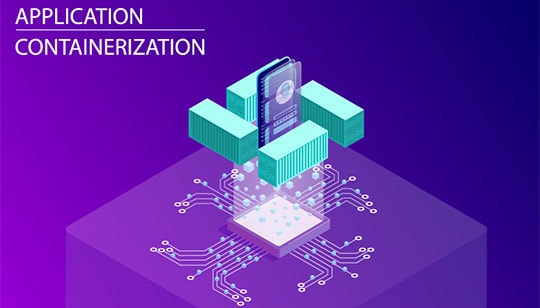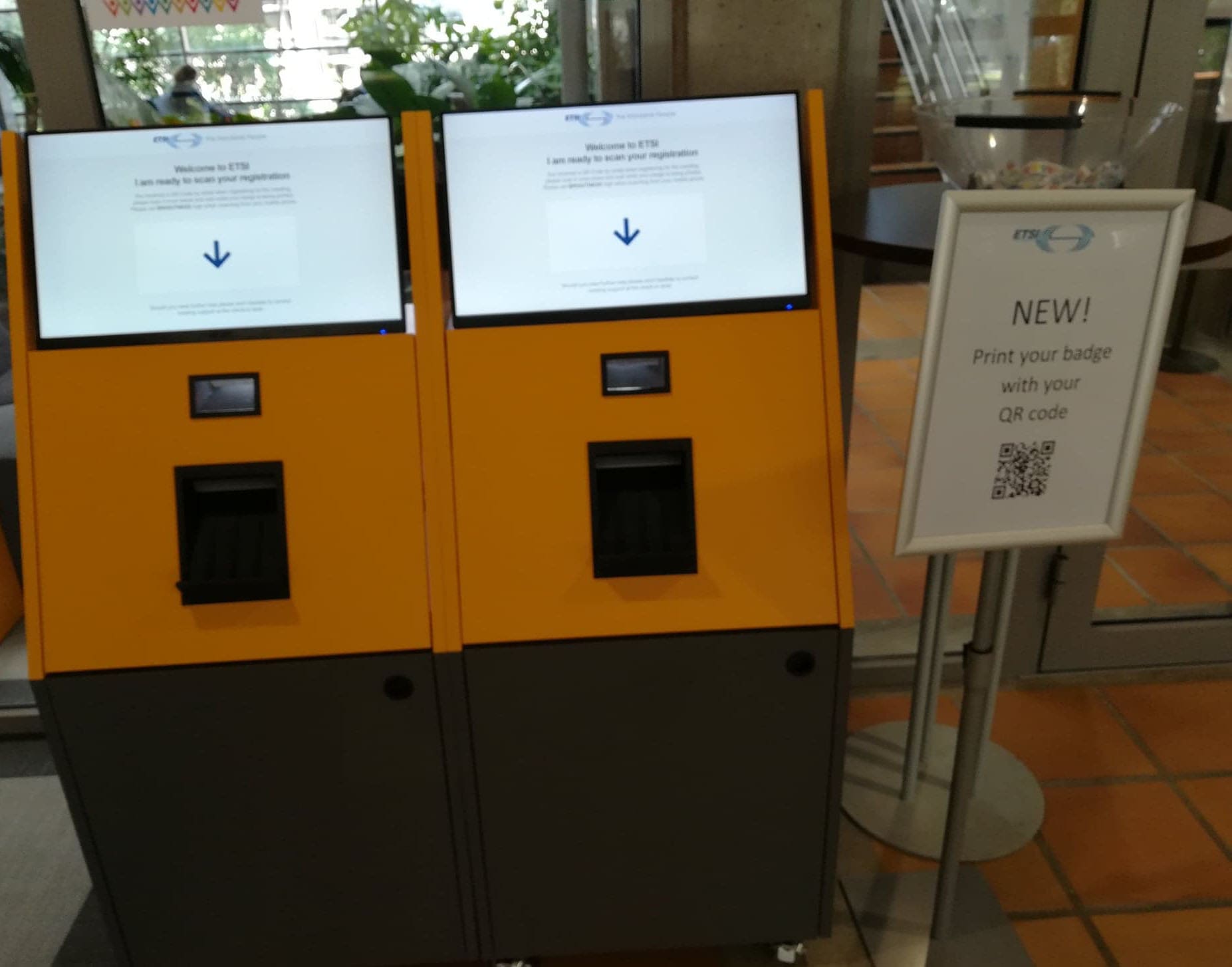ETSI NFV Telco Cloud-native Executive Roundtable at NFV#43 Plenary
2023-10-10 Posted by DENG HUI, NFV Vice Chair 12772 Hits(September 18th, 2023 Copenhagen)
On September 18th, during the NFV#43 plenary meeting, executive leadership members and technical experts from major operators, telco vendors and cloud providers were gathered together to share their companies experience on building the Telco cloud, to discuss the future of this concept, to provide their perspective on how NFV standards could help and/or how they should evolve in this context.
The roundtable started with ETSI ISG Network Function Virtualization (NFV) chair, Yoshihiro Nakajima’s opening speech. Yoshihiro introduced that during the past 10 years, ETSI NFV has provided 100+ specifications and 10000+ contributions, which help 90% of the operators worldwide to successfully move their business onto a modernized, virtualized cloud environment. Recently, ETSI NFV has continued to provide solutions on new key areas including Containerized NF (CNF), green NFV, physical infrastructure management and NFV Service Based Architecture (SBA). Especially for containerized NF support, NFV has published a set of new specifications defining the requirements and solutions for lifecycle management of CNFs, templates, interfaces of Container as a Service (CaaS) and container cluster management.

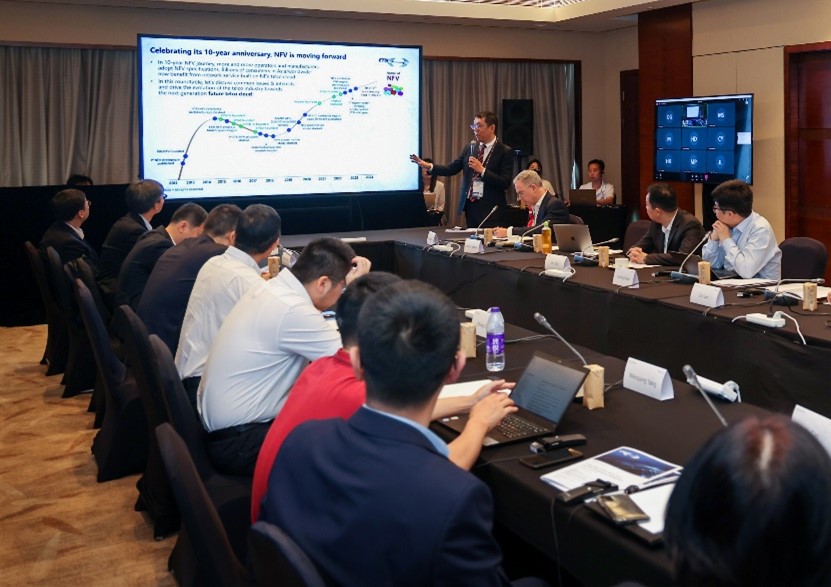
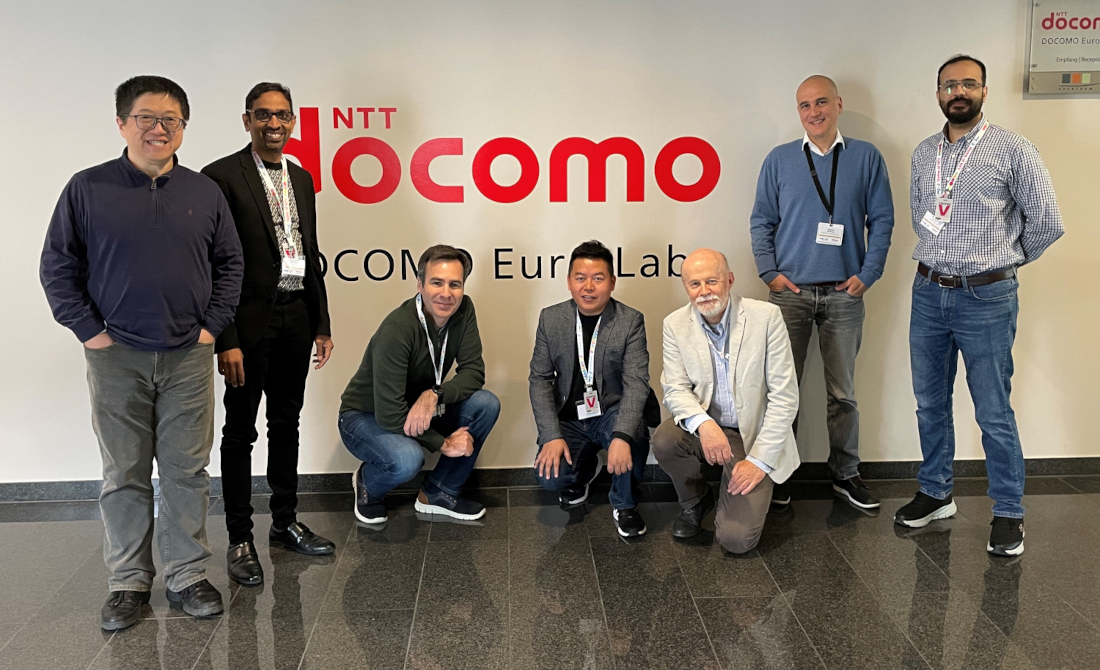
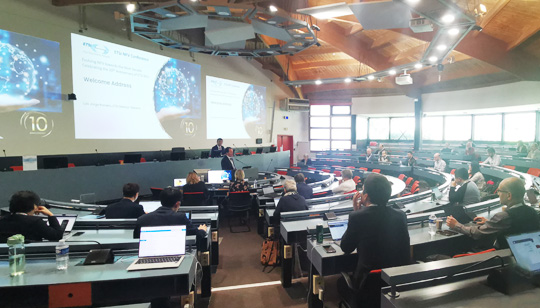 The NFV#41 opening plenary was held at the very beginning of the week. ETSI ISG NFV chair Yoshihiro Nakajima started by highlighting the achievements from the NFV#40 - ETSI ISG NFV continues to deliver with very good pace. As well, he took advantage to briefly announce the 10th anniversary event -a good opportunity to not only celebrate the accomplishments that NFV has made in the past 10 years, but also to look forward to the future.
The NFV#41 opening plenary was held at the very beginning of the week. ETSI ISG NFV chair Yoshihiro Nakajima started by highlighting the achievements from the NFV#40 - ETSI ISG NFV continues to deliver with very good pace. As well, he took advantage to briefly announce the 10th anniversary event -a good opportunity to not only celebrate the accomplishments that NFV has made in the past 10 years, but also to look forward to the future.
 Undaunted by this situation, the technical experts at the ETSI ISG NFV continued to work tirelessly developing and delivering specifications that help get and keep “everyone/everything connected”. And the hard work paid off as ETSI ISG NFV delivered during the second half of 2020 new and updated "protocols and data model" (stage 3) specifications incorporating NFV Release 3 features.
Undaunted by this situation, the technical experts at the ETSI ISG NFV continued to work tirelessly developing and delivering specifications that help get and keep “everyone/everything connected”. And the hard work paid off as ETSI ISG NFV delivered during the second half of 2020 new and updated "protocols and data model" (stage 3) specifications incorporating NFV Release 3 features.